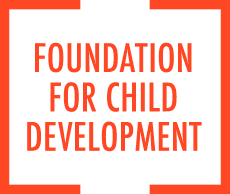https://www.fcd-us.org/child-care-and-early-education-coordination-in-the-states-a-statutory-overview/
Governments of all levels have increased their involvement in early childhood services during the past several decades, and policymakers and administrators have implemented programs for young children from two general systems: child care and early education. Early education includes both state preschool programs and the federal Head Start program. Government officials have funded child care programs to support parents while they work or participate in training or education programs. Public backing of preschool and Head Start programs has mainly stemmed from a movement to educate young children and provide them with skills to prepare them for school and life. Other differences exist between the two systems. For example, preschool programs tend to be part-day, target children ages 3 to 5, and usually are administered by state education agencies. Child care programs are mostly full-day, include children from birth to age 5, and are most often administered by state human services agencies.
As policymakers expand and improve these programs to serve more children and produce successful outcomes, they are recognizing that the two systems provide similar services to children in comparable circumstances. Because of this, government leaders who are interested in expanding access to good early care and education services are seeking workable strategies to combine significant aspects of the two systems.
Key Findings of the Survey
- State legislatures are coordinating child care and early education systems primarily to improve government efficiency, child development and families’ access to needed services.
- Three out of four states have enacted laws related to early childhood coordination.
- Nearly half of the states’ laws require programs to coordinate their services.
- Four out of 10 states have laws that provide for multiple ways to coordinate.
- The prevalence of coordination laws indicates that state legislatures are beginning to recognize the need for coordination, but unfortunately we know very little about the success of these laws.
